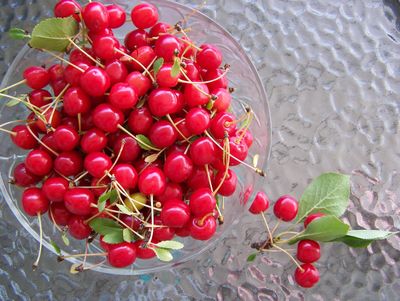What are Lapins Cherries?
The Lapins variety of cherry was developed in British Columbia, Canada at the Pacific Agri-Food Research Centre. Researchers crossed Van and Stella cherry trees to come up with the Lapins cultivar. The aim was to produce a better sweet cherry, something similar to Bing but with important improvements in certain properties. A Lapins cherry tree produces dark, sweet fruit that is very similar to the popular Bing cherry. The cherries are about an inch (2.5 cm) in diameter. The flesh of the cherries is firm, more so than Bing, and the fruits resist splitting. Expect to get a harvest from your Lapins cherry tree in mid- to late-summer, usually late June and into August. It will need 800 to 900 chill hours each winter, which is compatible with USDA zones 5 through 9. Best of all for the home gardener with limited space, this is a self-fertile variety. You will not need another cherry tree for pollination and to set fruit.
How to Grow Lapins – Lapins Cherry Information
Lapins cherry care is much like that for other cherry trees. Plant it in soil that drains well, and amend the soil with some compost before putting it in the ground. Make sure your tree is in a spot that gets full sun and gives it room to grow. You can get a dwarf variety, but the standard Lapins rootstock will grow up to 40 feet (12 meters) tall unless you keep it trimmed to a smaller size. Water your new cherry tree regularly in the first growing season. For the next and ongoing seasons, you’ll only need to water when rainfall is less than usual. Pruning cherries is only really needed once a year, in winter or early spring. This will help keep the tree’s shape and size and support good fruit production. Harvest your Lapins cherries when they are fully ripe and ready to eat. Cherries ripen on the tree, and while they should be firm and deep red, the best way to find out if they’re ready is to eat one. These cherries are delicious when eaten fresh, but they can also be preserved and canned, frozen, or used in baking.
